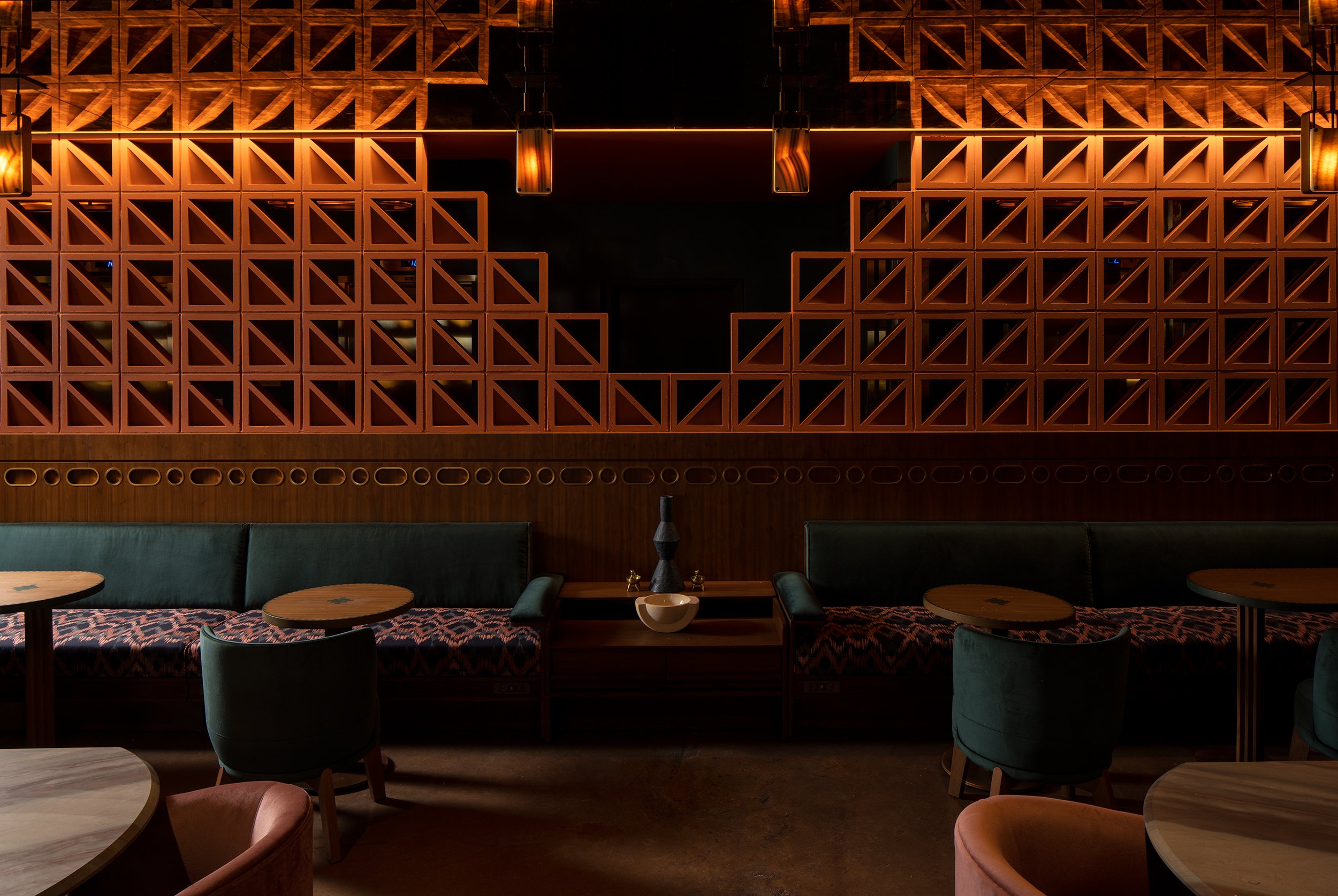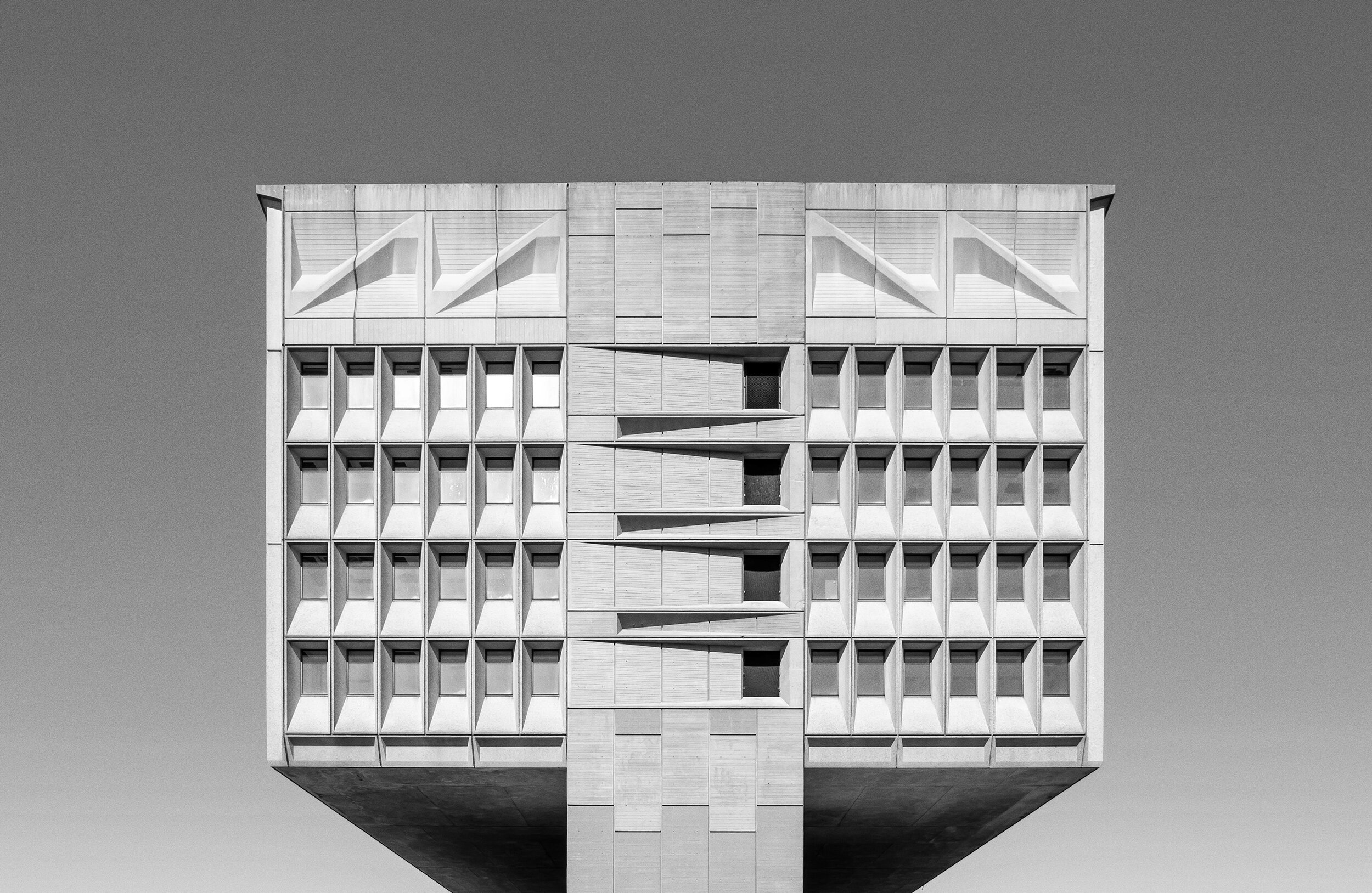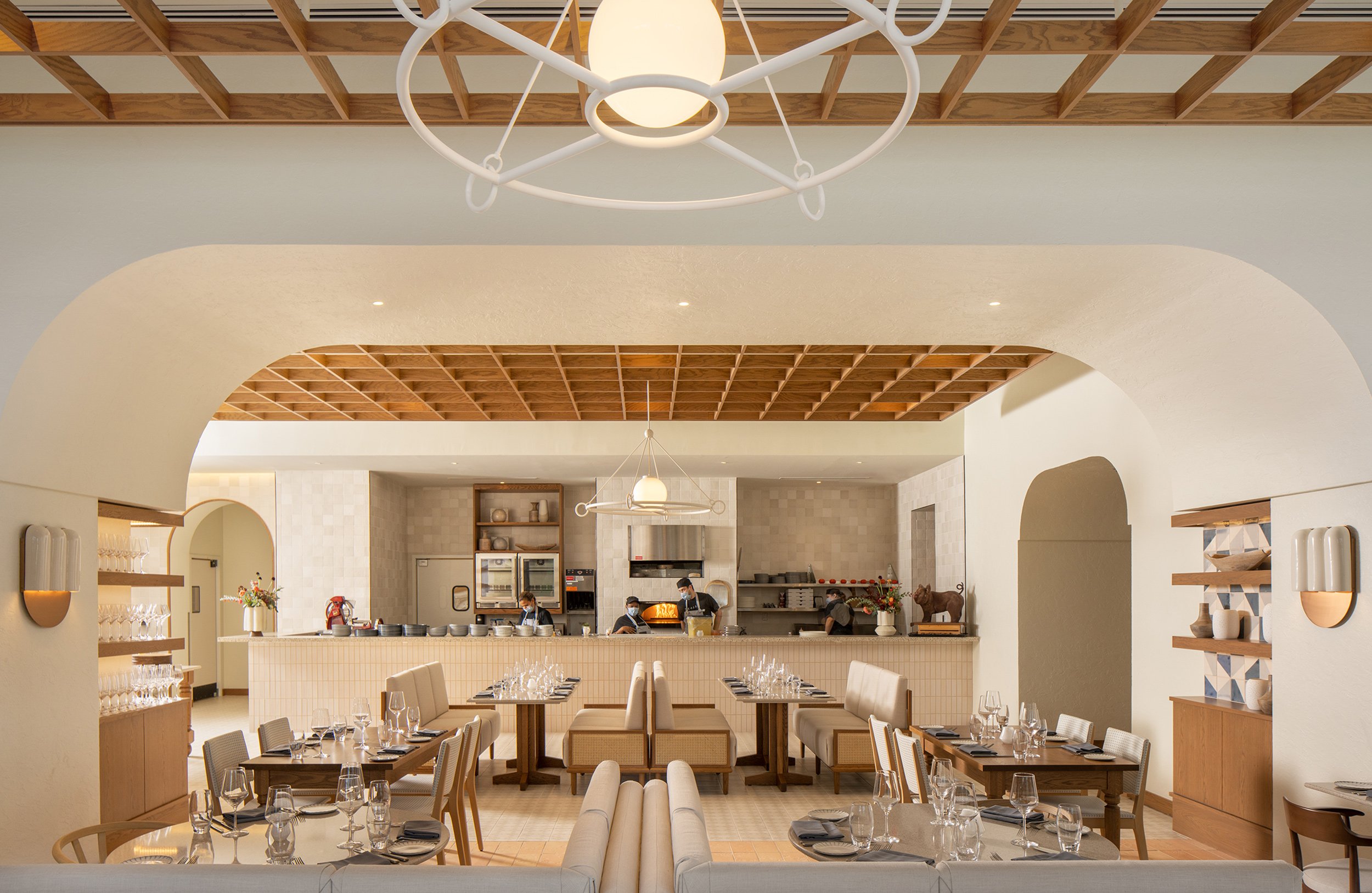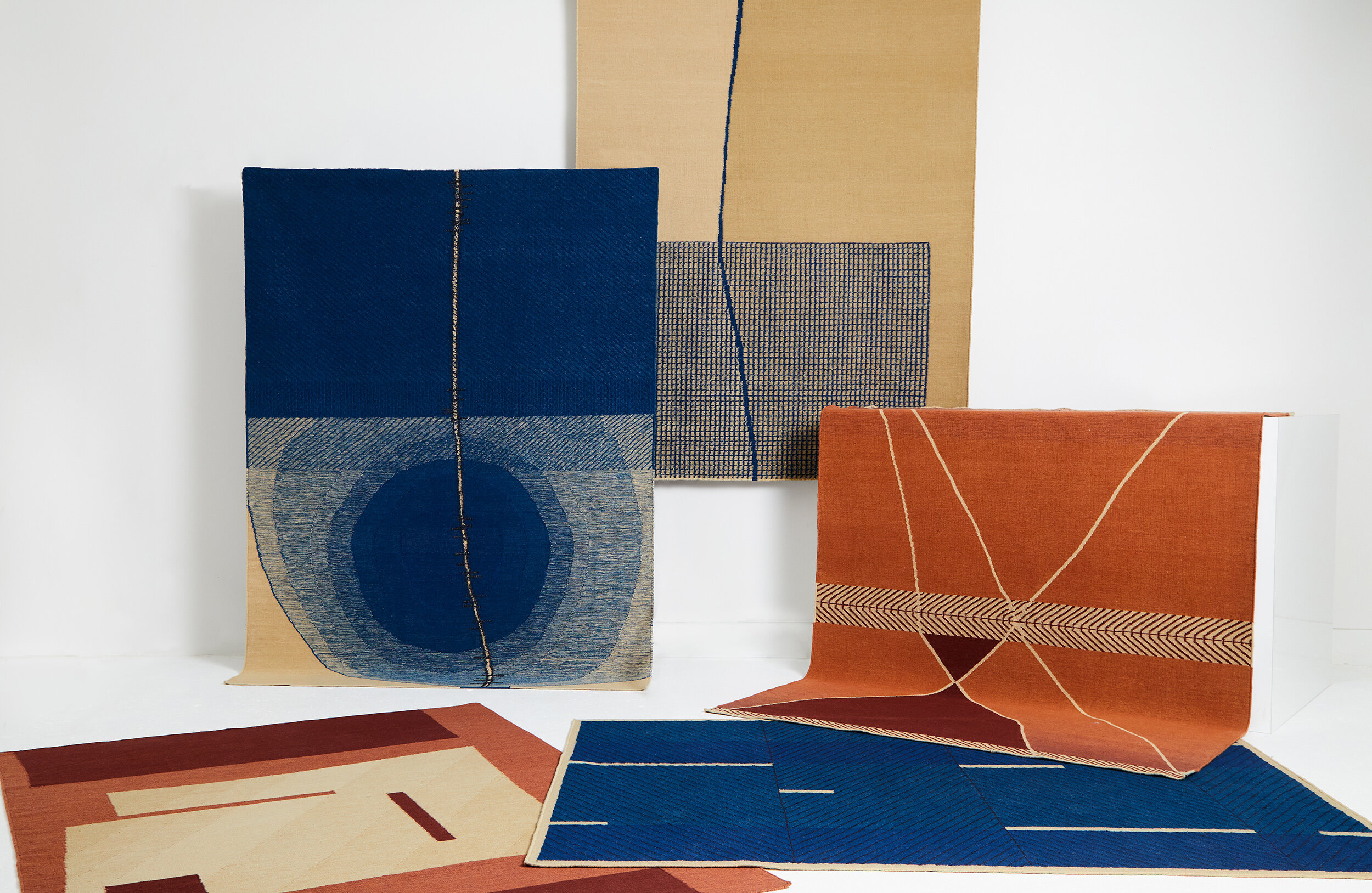Jue Lan Club
Dutch East Design converted the beautiful church rectory, formerly the site of the Limelight nightclub, into a Chinese glam restaurant. The inspiration for the space came from a group of revolutionary Chinese painters and personalities from the Limelight days, such as Peter Gatien and Andy Warhol. Each space within the restaurant is distinguished from the next, retaining much of the building's character while introducing a rich and contemporary intervention with many custom furnishings and fixtures.
Inspired by the deep and penetrating stills from Kar Wai Wong’s cinematography, Dutch East established the three underlying principles that guide the design. These are:
Madame Adventurist, a Madame Adventurist; a woman whose untethered spirit and travels throughout Asia have created a wealth of art and curious artifacts. Her home, a lush and eclectic villa filled with her treasures, forms the spirit of the overall space of the Limelight site for Jue Lan Club.
The Jue Lan Club;The namesake of the project is drawn from a group of revolutionary Chinese artists who united in 1932. The Jue Lan Club, as they called themselves, met numerous times in attempts to break Chinese art out of its traditional hold. Their declaration expressed their love of vibrancy in art and life. This ethos was used as a philosophy for the project’s character. Each room of the restaurant has its own unique vibe, color and aesthetic.
1930’s Glam and 1980’s Grit; In the 1980s, the historic church rectory was transformed into the Limelight Nightclub and became the center of nightlife in Manhattan. Artists like Andy Warhol and H.R. Giger added to the excitement of the venue. These colorful figures were used as direct inspiration within the spaces. In collaboration with Gruin Gallery, Dutch East has placed many unique works of art throughout the space. The rotating “gallery” will enrich the space and attribute homage to the many icons who have made their mark within these walls.
“…Come on! Let’s create the world, which is staggered by colors, lines and forms with our crazy enthusiasm and sound reason”











